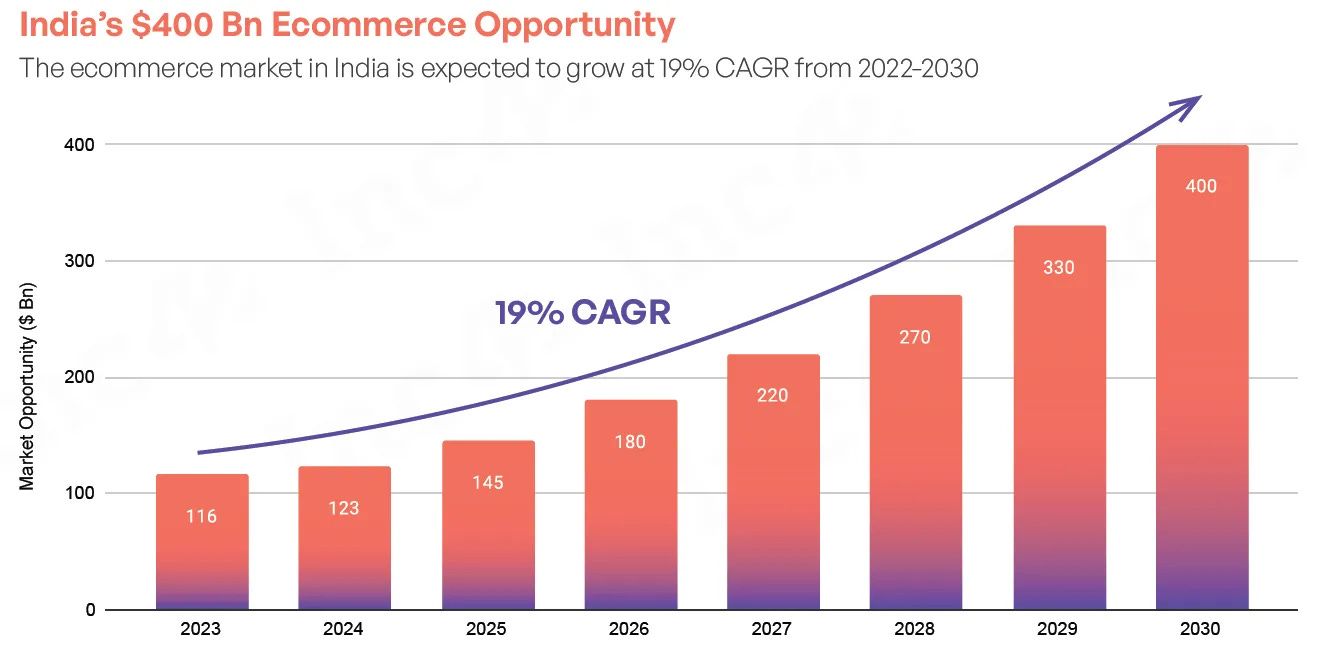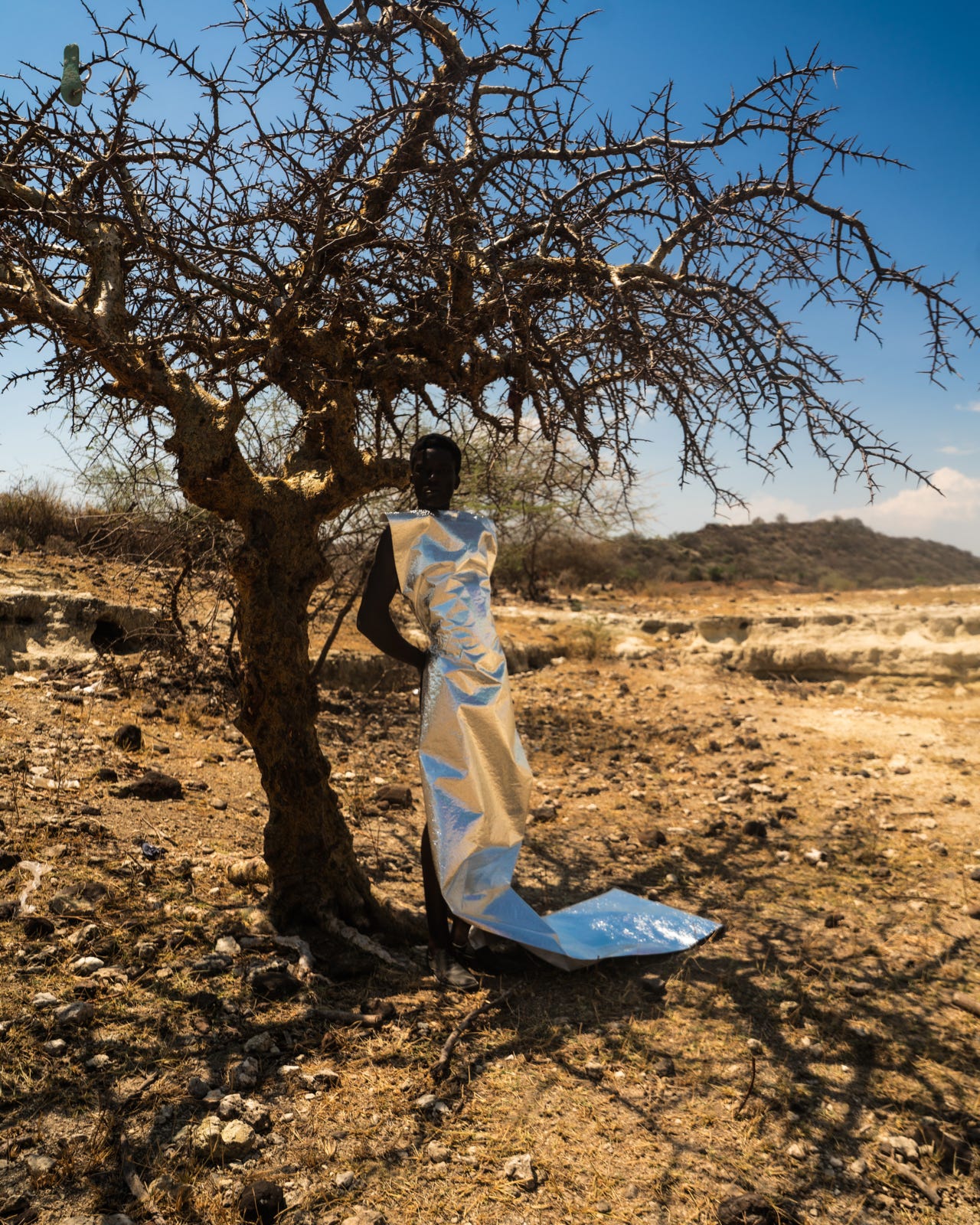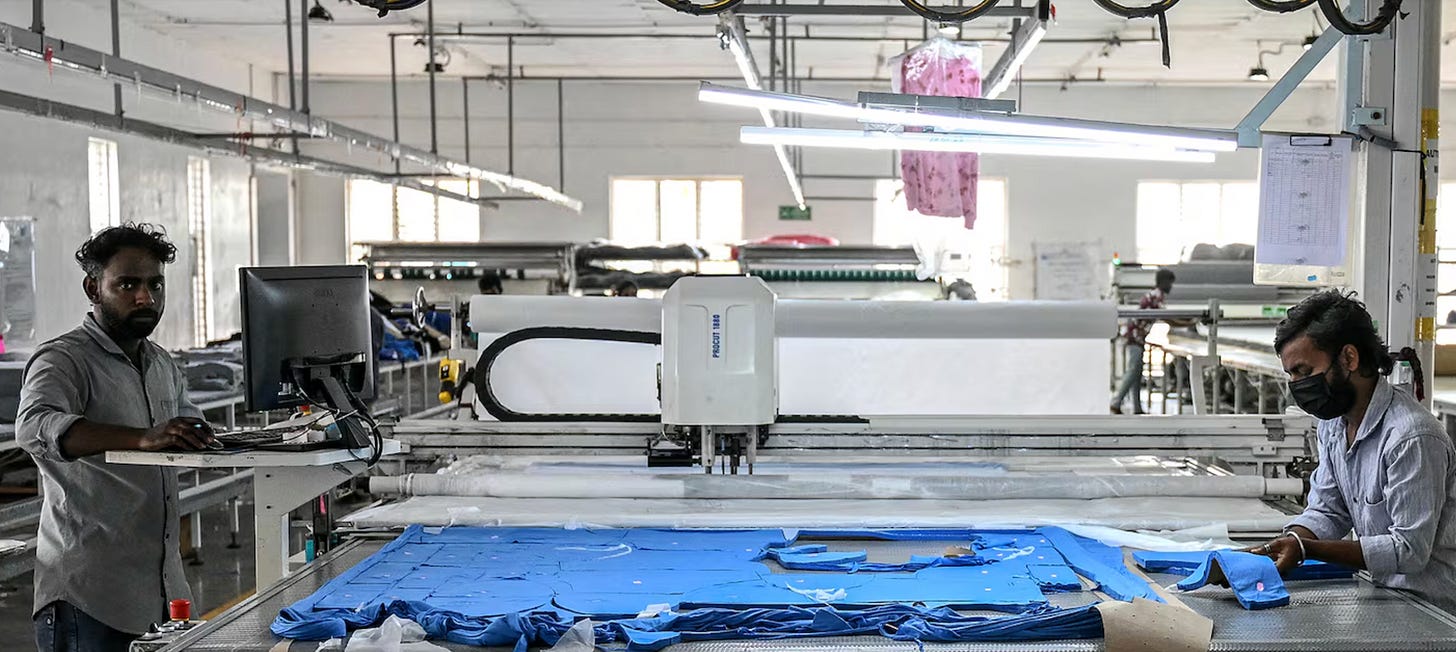Curatorium #6: Weekly Dispatch | Edition November 1 – 6, 2025
An editor's curation to fast signals from fashion, culture, and tech.
In this edition of Curatorium explore major changes on international high streets to the complex realities of circularity and commerce in India and Africa, we bring to you both editorials and news. We’ve tried to organise our weeklies better, each section includes specific recommendations and strategic intel: something a bit beyond the obvious. Let us know in comments what you think!
News
India’s Digital Gold Rush: E-Commerce Races Toward $200 Billion
India’s e-commerce sector is on track to surpass $200 billion in 2025, propelled by digital-first consumers, rapid infrastructure advances, and regulatory momentum. For comparison, China’s e-commerce market is expected to reach $3 trillion by 2025, while Southeast Asia’s market is projected to grow to $230 billion.
These figures highlight the potential for growth in India and why there is still an opportunity for an early-mover advantage.
Signal in the market:
Aggressive scaling, digital adoption, and foreign direct investment are redefining retail competition and consumer experience.
Strategic Insights:
Technology integration and omnichannel strategies will separate winners from laggards.
Early-mover advantage is still up for grabs for brands that localise authentically and move fast.
Upcycling Revolution: How Africa’s Designers Reframe the Textile Trade
African creatives are changing the continent’s role in the global textile industry by upcycling Western clothing waste into bold new stories and creating economic opportunities.
Signal in the market:
The conversation on waste is not mainstream only. We are seeing a better understanding of the waste in the global south. This transition marks a shift within global south economies from passive recipients of waste to active agents in global design and sustainability discourse.
Strategic Insights:
Opportunities exist for brands that co-create and platform local ingenuity, rather than just extracting trends.
The True Cost of Circularity: Lessons from Panipat’s Textile Mills
If you’ve been here before you know that we’ve spotlight the recycling center in Panipat, India before. India’s recycling center supports circular fashion for Western markets, but it also reveals serious social and environmental problems, including unfair labour practices and health issues.
Signal in the market:
People are taking a closer look at sustainability claims, focusing on the real conditions and hidden costs in global supply chains. To make these assessments more tangible, brands could focus on traceability metrics, such as worker health audits and chemical discharge data, which serve as consumer-facing proof points.
Strategic Insights:
Brands need to make sure their ESG practices match their marketing by investing openly in fair labor and health standards.
Because trade and tariffs can change quickly, it is important for companies to manage supply risks and make their operations more resilient.
Tariffs and Tumult: The Collateral Damage to India’s Garment Workforce
US tariffs introduced during the Trump administration have affected global value chains, causing layoffs and job insecurity for Indian garment workers.
Signal in the market:
Trade wars often shift the burden to the most vulnerable people, turning political decisions into social problems for workers and suppliers. With no serious labour protection in jobs like these in the emerging markets, the worst brunt of the situation is faced by the most powerless populace.
Strategic Insights:
Stakeholders should employ structured risk assessment frameworks, such as scenario analysis or supply chain risk mapping, to systematically anticipate and mitigate the potential escalation of risks and costs associated with protectionist policies, particularly for downstream suppliers and vulnerable workforce segments.
What we would love to see is how governments India rise up to the ocassion to support garment workers during this time.
Anita Dongre Makes History with Beverly Hills Store
Anita Dongre becomes the first Indian designer to open a flagship store in Beverly Hills, marking a milestone for Indian fashion’s international presence.
Signal in the Market
Indian luxury fashion’s expansion into top-tier Western retail signals rising global appetite for South Asian aesthetics and talent.
Strategic Insights
South Asian brands should leverage heritage storytelling and celebrity endorsements to compete in premium markets, while aligning with local preferences.
Editorial
The Power & Peril of Designer–Artisan Partnerships
When designers work with traditional textile artisans, it can lead to creative results or, sometimes, to quiet exploitation. The outcome often depends on issues like credit, pay, and working conditions.
Signal in the market:
Brands are increasingly expected to go beyond simply borrowing ideas and instead build fair partnerships that both sides value.
Strategic Insights:
Real inclusion and giving proper credit will become more important for building brand value, earning consumer trust, and encouraging innovation.
Narratives that document equitable, mutually beneficial collaborations, rather than merely highlighting geographical provenance, offer brands a distinctive competitive advantage in the global marketplace.
For instance, when a fashion label transparently showcases the co-design process and shared authorship with artisan communities, as opposed to unidirectional sourcing, it not only enhances brand authenticity but also signals ethical commitment, thereby fostering deeper consumer trust and differentiating the brand amid increasing scrutiny of supply chain practices.
Think someone else would love this? Subscribe yourself, then share with reckless abandon!






